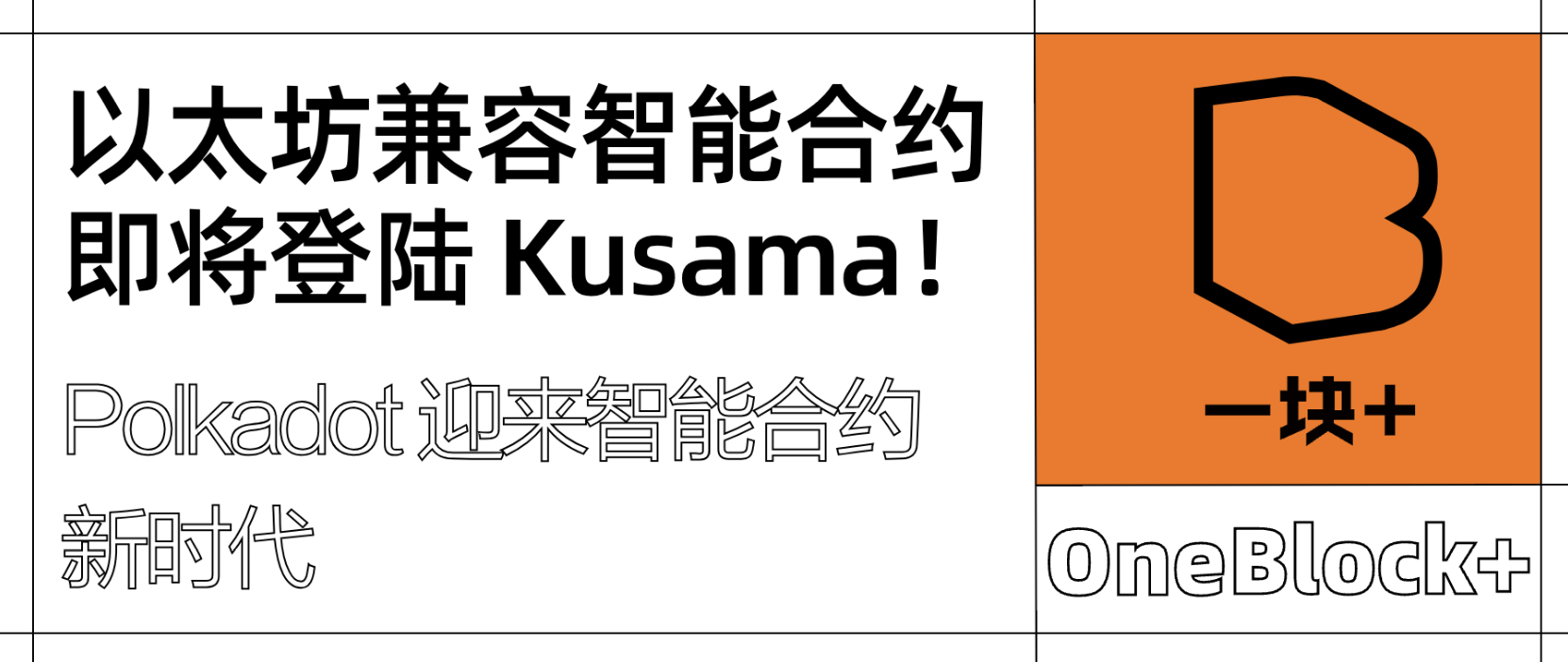
Last week, Parity announced that Polkadot will natively support Ethereum smart contracts and plans to launch it first on Kusama. This upgrade marks a key step for the Polkadot ecosystem in the field of smart contracts.
Polkadot has long attracted a large number of developers with its unique parachain architecture and shared security. However, since the Polkadot mainnet itself does not directly support smart contracts, developers need to rely on parachains such as Moonbeam and Astar to deploy EVM or WASM contracts. This not only increases development and deployment costs, but also limits the flexibility of the ecosystem.
This upgrade will completely change this situation. Developers can directly deploy and run Solidity v0.8.0 and higher contracts on Polkadot, eliminating the need for additional middle layers. This will not only lower the entry threshold, but will also accelerate the implementation of applications and significantly enhance Polkadot's position in the blockchain competition landscape.
🎯 Learn more details:
FAQ: https://docs.google.com/document/d/1v9Gz6s_4VpsVTs5dXIFSeWIjXgp4y9ax26ofBWmAHaY
Tutorials, architecture and more: https://contracts.polkadot.io

Core Innovation of Polkadot Smart Contracts
PolkaVM: Reshaping the Smart Contract Execution Environment
The Polkadot smart contract solution fully supports Solidity 0.8.x and provides an Ethereum JSON RPC interface for seamless integration with wallets such as MetaMask. However, Polkadot did not directly adopt EVM, but developed a new PolkaVM based on the RISC-V architecture.
PolkaVM is a battle-tested, high-performance virtual machine whose register machine architecture significantly improves the execution efficiency of smart contracts, while reducing compilation time and optimizing overall performance. This architectural choice provides developers with a more efficient execution environment while maintaining compatibility.
🔍Extended reading: In-depth analysis of PolkaVM: a great way to understand Polkadot 2.0
Multi-dimensional Gas Model
Compared to Ethereum, which only uses a single Gas calculation resource consumption, Polkadot introduces a three-dimensional Gas model:
ref_time: calculation time, similar to the Ethereum Gas concept.
proof_size: Measures the size of the state proof generated when the contract is executed.
storage_deposit: storage management mechanism to prevent state expansion.
This refined resource management model makes transaction processing more efficient and significantly optimizes on-chain storage costs, providing a more predictable fee structure for developers and users. Polkadot also implements service level objective (SLO) monitoring to ensure stable performance even under high load.
Transpiler is compatible with RISC-V
To execute Solidity smart contracts on PolkaVM, Polkadot uses an innovative transpiler technology that recompiles the YUL intermediate code generated by Solidity and converts it into the RISC-V instruction set.
This approach combines the best of both worlds: the familiar development environment of Solidity and the security and performance of PolkaVM. It avoids the complexity of reimplementing a complete Solidity compiler, ensuring support for all features of the Solidity language while significantly reducing development and maintenance costs.
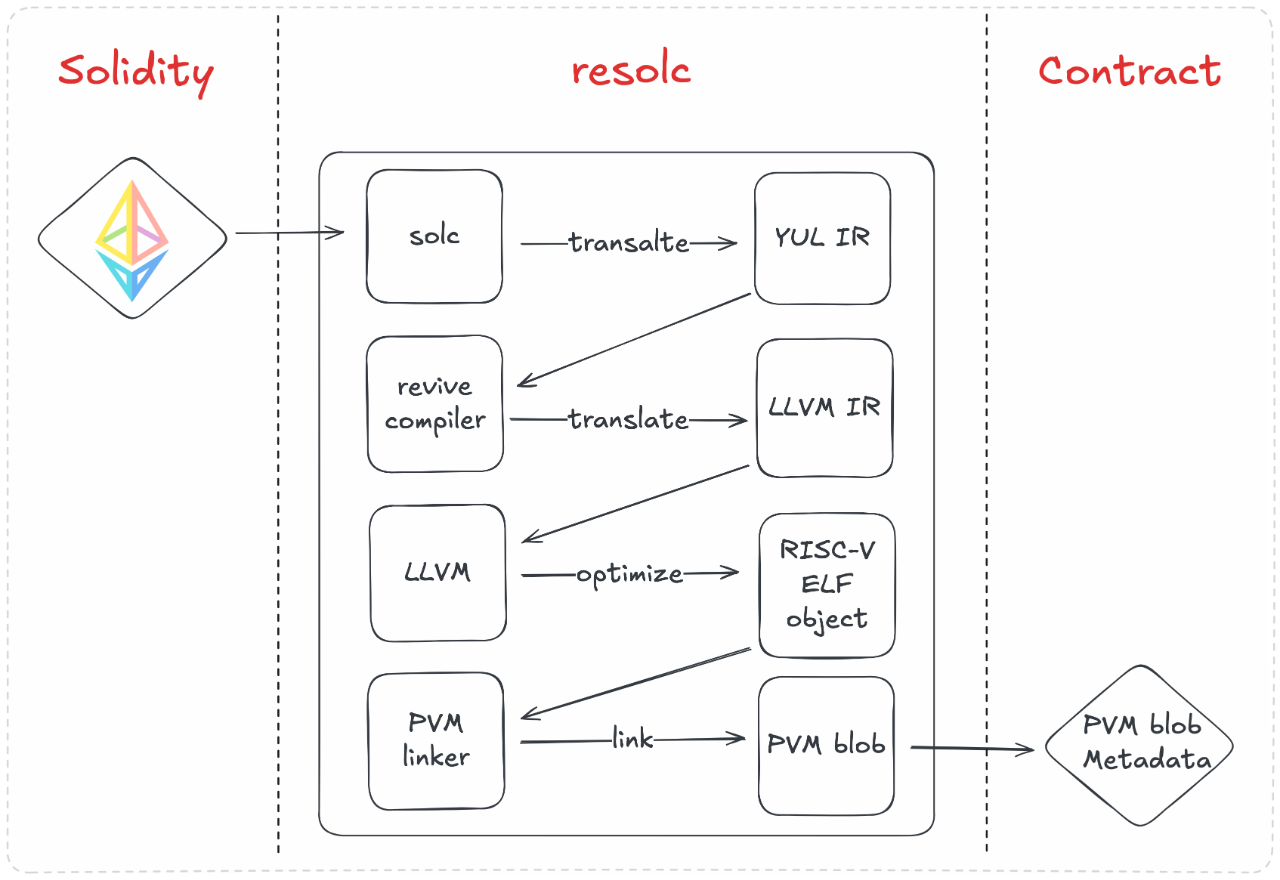
More efficient storage and account management
Polkadot adopts a stricter storage management strategy, such as the storage_deposit mechanism, which requires a storage deposit to be paid every time new data is added to the blockchain, and a partial refund can be obtained when the data is deleted. In addition, Polkadot accounts have an "existential deposit" to guarantee a minimum balance to prevent state expansion, and the user experience has been optimized to maintain compatibility with the Ethereum ecosystem.
Elastic scalability
Polkadot has a unique elastic scalability capability that can dynamically allocate additional computing cores for smart contract execution during periods of high demand. This ensures that transaction processing speeds and costs remain stable even during peak network load periods, providing reliable performance guarantees for enterprise-level applications.
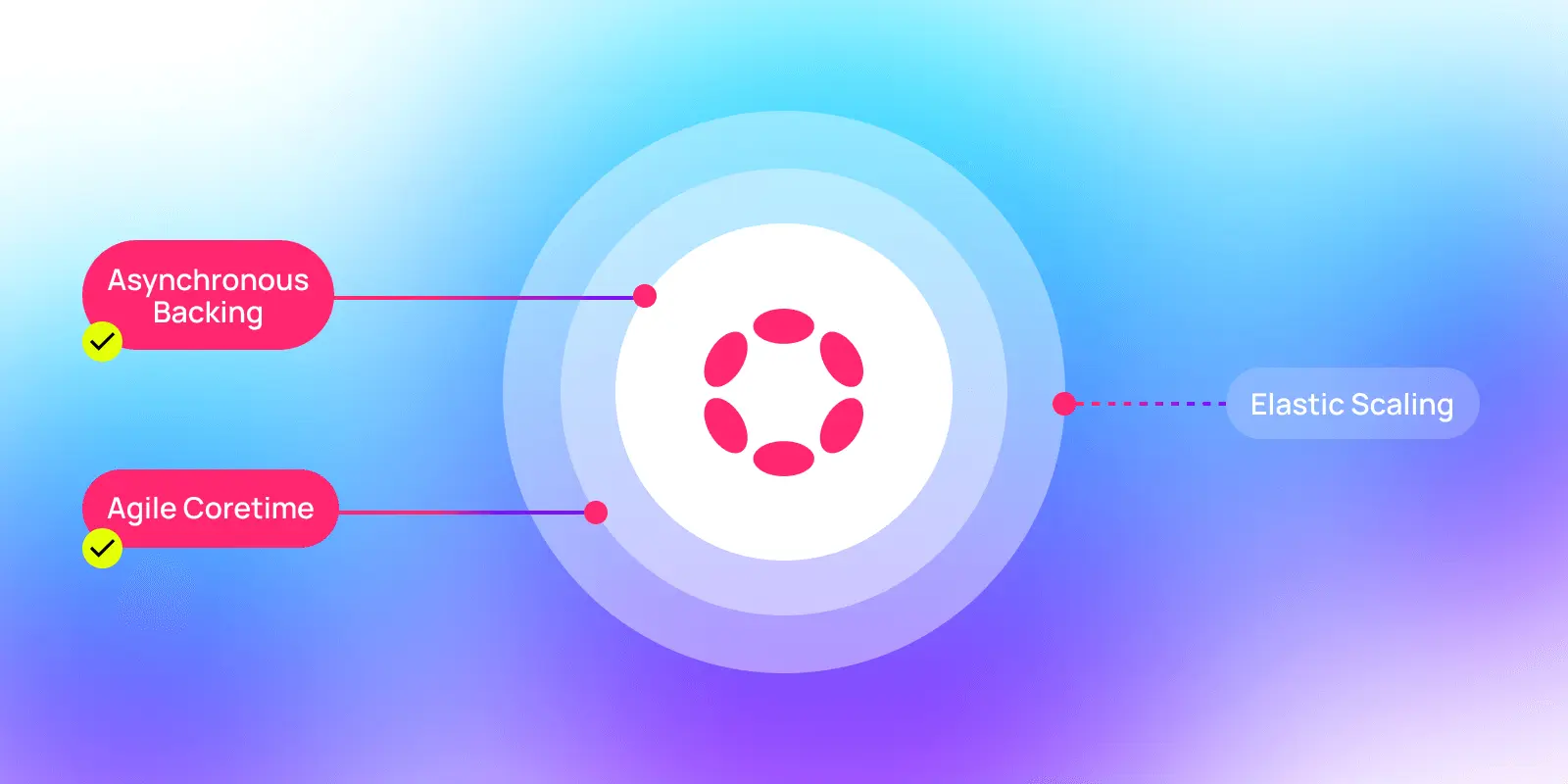
Polkadot Smart Contracts FAQ
What is Polkadot’s plan for smart contracts?
Polkadot is introducing support for Solidity v0.8.0 and above, enabling developers to deploy smart contracts directly on Polkadot. In addition, Polkadot also provides full Ethereum compatibility, including support for RPC, toolchains (such as Remix, Foundry, HardHat), and Ethereum wallets (such as MetaMask). This plan aims to lower the development threshold, allowing Solidity developers to easily migrate to Polkadot and enjoy the unique advantages of the Polkadot ecosystem, such as governance, staking, and cross-chain messaging.
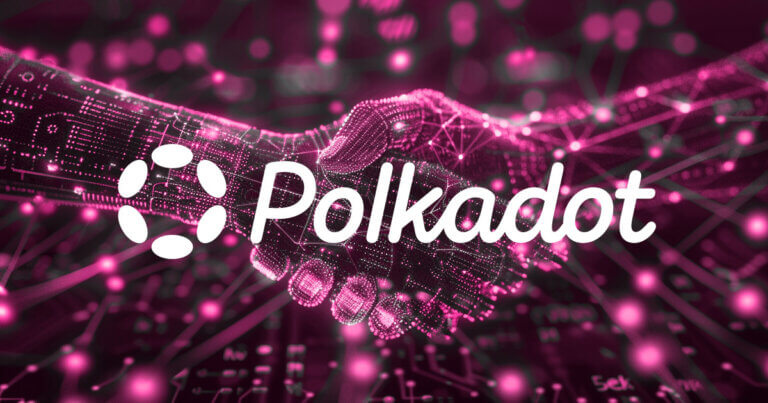
How does Polkadot achieve Ethereum compatibility?
Polkadot uses the high-performance virtual machine PolkaVM, combined with a transpiler, to convert Solidity code into instructions executable by PolkaVM. PolkaVM is based on the RISC-V architecture and provides high security and high performance. In addition, Ethereum development tools (such as Remix, Foundry, HardHat) and wallets (such as MetaMask) can be seamlessly connected, and developers can write and deploy smart contracts just like on Ethereum. At the same time, Polkadot also achieves interoperability with Ethereum through trustless bridges.
How does XCM improve the capabilities of smart contracts?
XCM (Cross-Consensus Message Format) allows smart contracts to communicate with different blockchains securely and trustlessly. For example, contracts within the Polkadot ecosystem can interact with Ethereum through XCM to achieve cross-chain asset flow and resource sharing. Smart contracts can not only call functions on other chains, but also perform complex cross-chain operations, making DApps more interoperable and scalable.
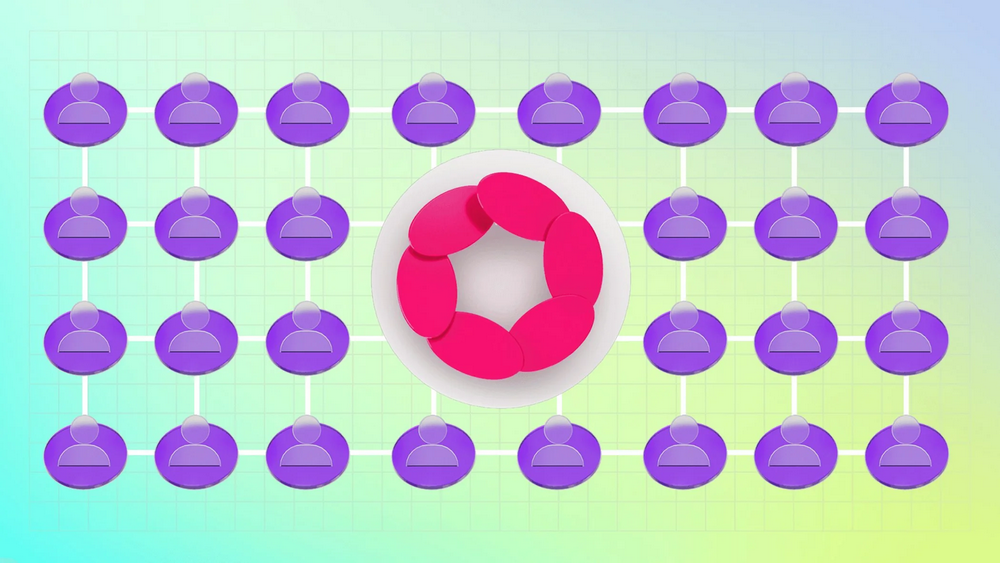
How much does it cost to run smart contracts on Polkadot?
The specific Gas fee will be announced before the mainnet is officially launched. According to recent performance tests, Polkadot can still maintain excellent throughput under high load environment, and the Gas fee is expected to be competitive, keeping the cost low even during peak network demand. In addition, Polkadot's efficient state management and resource optimization mechanism further reduce the cost of contract execution, and through service level objective (SLO) monitoring, ensure stable and economical transaction fees even during peak network demand.
Will Polkadot’s smart contract plan replace the existing ecosystem?
No. Polkadot's existing parachains and Rollups are still important choices for developers. The smart contract function is an extension of the Polkadot ecosystem, providing developers with more ways to build applications rather than replacing the existing architecture. Smart contracts can be seamlessly integrated with other features of Polkadot, bringing more developers and applications to the ecosystem and promoting overall development.
Will Parity’s development of smart contracts compete with Moonbeam or Astar?
Parity developed smart contracts not for competition, but to respond to the proposals of the Polkadot community and promote the evolution of the ecosystem. The native Solidity smart contract function will enable more developers to enter the Polkadot ecosystem. At the same time, Moonbeam and Astar can still be used as options to provide more professional and customized solutions, and the diversity and competitiveness of the entire ecosystem will be enhanced.

Why Enterprises Should Choose Polkadot Over Ethereum Rollups
Polkadot’s smart contract capabilities combine Ethereum compatibility with Polkadot’s scalability, security, and flexibility, providing enterprises with a better choice:
Predictable low costs: Compared to Ethereum Rollups, Polkadot uses a high-throughput architecture to avoid high fee fluctuations caused by network congestion.
Faster transaction confirmation: Polkadot’s state transition does not require a challenge period, providing final confirmation in about 18 seconds, reducing the risk of disputes.
Strong interoperability: Polkadot supports seamless interactions within and outside the ecosystem through XCM and trustless bridges, providing companies with broader market opportunities.
Flexible expansion path: Enterprises can start with smart contracts and then migrate to customized Rollups without changing the ecosystem, reducing technology migration costs.
Development talent advantage: Companies can take advantage of the huge Solidity developer talent pool and significantly shorten the recruitment cycle.
Polkadot Smart Contract Roadmap
Smart Contract Timeline
The deployment of Polkadot smart contract functionality will proceed according to the following schedule:
Current stage: The Beta version is running on the test network Westend.
2025 Q2: Deploy Solidity contract support on Kusama, and users can interact using standard Ethereum tools (such as Hardhat).
Early Q3 2025: Introduce the first batch of Ethereum precompiled contracts and supplement Polkadot-specific precompiled contracts to provide smart contracts with access to governance, staking, and cross-chain communication capabilities.
End of Q3 2025: Fully functionally deployed to Polkadot mainnet.
Developer tutorials and toolkits will be released with the initial version and will be continuously updated based on community feedback. Developers can get the latest progress and technical documentation through the official forum (🔗forum.polkadot.network) and GitHub.
Multilingual Support Plan
Polkadot smart contracts will initially mainly support Solidity v0.8.0 and higher, ensuring that Ethereum developers can easily migrate existing projects. At the same time, ink! v6 is also planned to be migrated to Polkadot's smart contract platform. Since Polkadot's architectural design is naturally suitable for the porting of various programming languages, more languages familiar to developers will be supported in the future.

Conclusion: A new chapter in the Polkadot ecosystem
Polkadot's major upgrade of native compatibility with Ethereum smart contracts will completely change the blockchain ecosystem. It enables existing Ethereum developers to easily enter the Polkadot ecosystem while providing a more efficient and lower-cost smart contract execution environment.
As this upgrade progresses, the Polkadot ecosystem will enter a new phase of accelerated development. For developers, enterprises, and investors, now is the best time to learn more and seize the opportunities of Polkadot.











